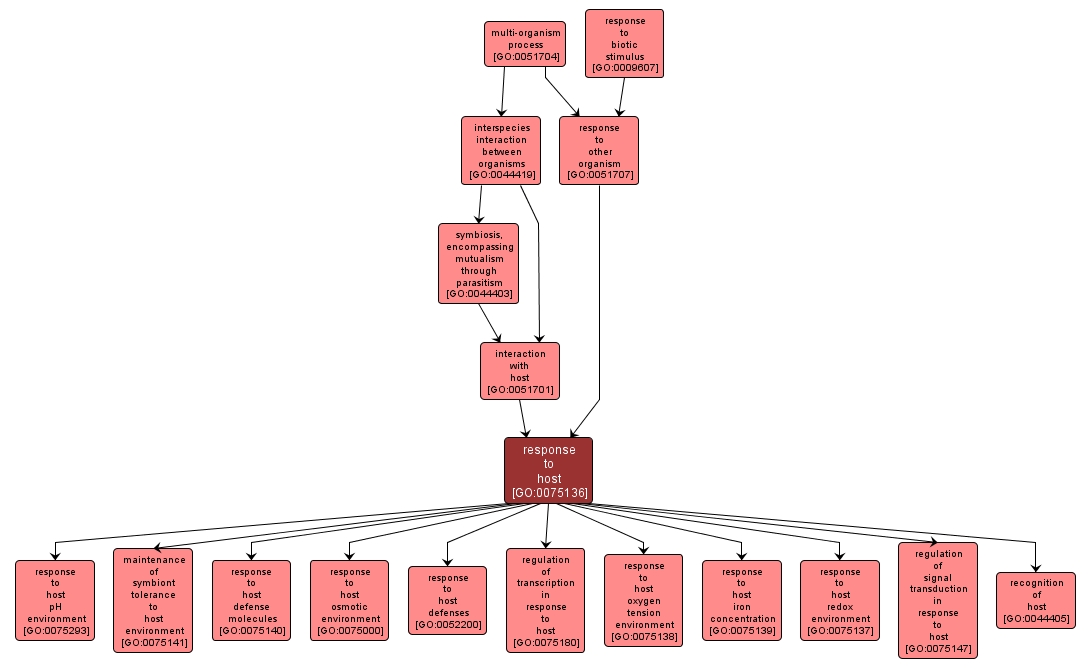| Desc: |
A change in state or activity of the symbiont or its cell (in terms of movement, secretion, enzyme production, gene expression, etc.) as a result of detecting molecules of its host organism. The host is defined as the larger of the organisms involved in a symbiotic interaction. |














